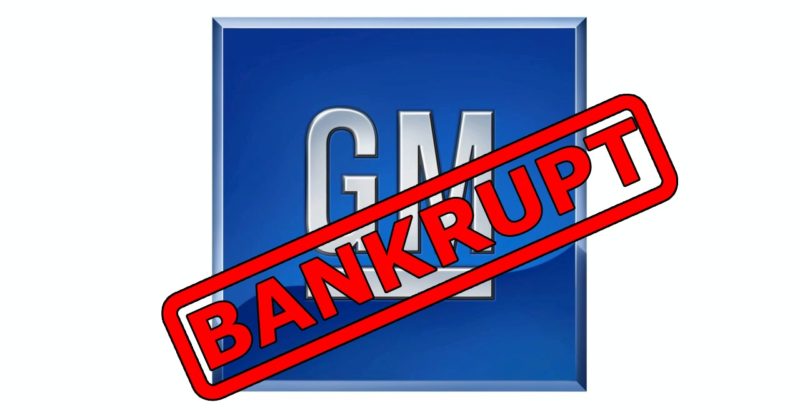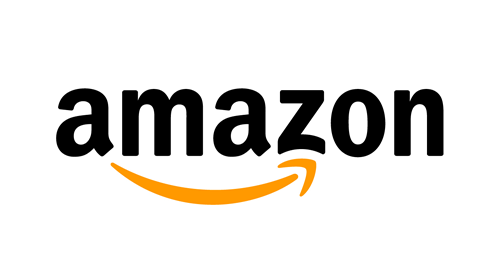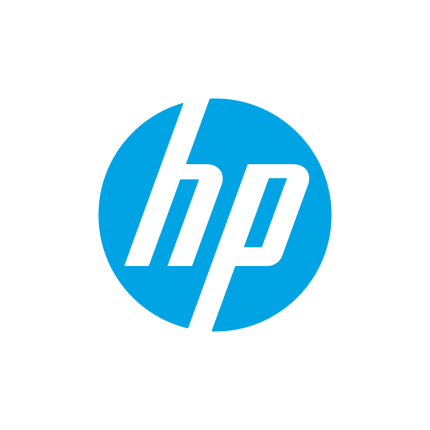One of the strongest brands of the automotive industry, the Volvo Car Corporation was founded in Gothenburg, Sweden by Assar Gabrielsson and Gustaf Larson in 1927. From the very beginning, the aim of the two owners was to construct vehicles that will be safe, compatible to the Sweden’s climate and awful roads at that time. So the company’s development in last 80 years was focused on safety-the main principle of Volvo’s design, quality and durability of the vehicles. The first truck was introduced and immediately sold in January 1928 and not only in Sweden. In 1930s there was an export of Volvo trucks to Europe. In 1929 the first marine engine was introduced, followed by the first bus that was launched in 1934 as well as the aircraft engines in 1940s making the company to develop and grow and become global group worldwide. In 1999 Volvo Group sold Volvo Cars Continue reading
Business Analysis
In today’s complex business environment, an organization’s adaptability, agility, and ability to manage constant change through innovation can be keys to success. Traditional methods may no longer lead to reaching objectives when economic conditions are unfavorable. That’s where business analysis comes in. The basic idea of business analysis is quite simple. It is the practice of identifying and clarifying a problem or issue within a company, then working with the various stakeholders to define and implement an acceptable solution.
Case Study: Kellogg’s Business Strategy
Kellogg’s is the world’s largest cereal maker since 1906 and is located in the United States. Kellogg’s products has become a part of the delicious mornings for the people around the world since a century. Its business is operated in two segments: Kellogg’s North America and Kellogg’s International. 66% of the revenue to the company comes from North America region which consists of the Canada and the United States. The remaining 34% comes from the Kellogg’s international market which consists of Europe (20%), Latin America (8%) and Asia Pacific (6%). The products vary from ready-to-eat cereals to convenience foods such as cereal bars, cookies, toaster pastries, crackers, frozen waffles, snacks and veggie foods. Obesity and Health & Wellness is the primary concern for people in the world today. Kellogg’s has invested on this trend by introducing many health focused products like Kellogg’s ®, Pop-Tarts ®, Cheez-It ®, Mini-Wheats ®, Nutri-Grain Continue reading
Case Study: The Decline and Fall of General Motors
Failure to innovate is the key reason to the downfall of Old General Motors. Innovation is the process whereby the management team of an organization is charged with the responsibility of introducing something new, which might be a new idea or a methodology or rather, a contrivance to facilitate the operational concerns and production. The Old General Motors failed with innovations in the company. These innovations were needed to ensure that the Old GM able remains competitive, and the company was able to manufacture cars that are in line with the client’s demands. This is related to the Old GM’ field of business to ensure that the organization do continue to produce the respective consumer centered product. The manufacturing industry such as the General Motors, innovation ensure that the output they deliver to the consumer do meet their needs, and expectations in a way that is realistic and makes their Continue reading
Case Study: Amazon’s Competitive Advantage
Amazon.com is a multinational E commerce company, which was founded by Jeff Bezos who is considered to be one of the world’s top innovative executives. Amazon.com started as an online bookstore and expanded with time to sell almost everything. The role of information system in this company is a leading role, because the company is an online retailer. The company started as an online store for books to rapidly expand to sell everything such us beauty items, auto parts, apparel, electronics and groceries. Amazon’s logo shows an arrow that stretches from A to Z, which also forms a smile to indicate Amazon’s care for customers’ satisfaction. Core Competency The core competencies for Amazon has been identified as customer convenience and accessibility, unlimited options for selection, custom-made services, the superiority of the content of the web site, the efficient and good quality search tool to find the items of one’s choice Continue reading
Ansoff Matrix Analysis of British Petroleum (BP)
British Petroleum (BP) Oil Company is the leading supplier and trader of energy on an international context. The company contributes to a critical role in making sure that the complex supply chain of energy operates in a manner that is efficient as well as effective over the whole world. In the recent past, the company has strived to bring together the supply, optimization of the products that flow in and also out of the assets of the company, and the activities associated with risk management in to one single function. This entails the supply as well as the trading activities that encompass the crude oil together with the oil products, the natural gas, chemicals, power, finance as well as shipping thus creating a clear distinction between the company and its competitors in consideration of the structure as well as the scale of the organization. The application of Ansoff Growth matrix Continue reading
Porter’s Five Forces Analysis of Hewlett Packard (HP)
Hewlett-Packard is categorized in the Diversified Computer Systems industry of the Technology sector. Within the Computer Systems industry Hewlett-Packard has many high profile competitors such as: Canon, Dell, IBM, Apple, and Cisco Systems. The Computer Systems industry contains a large range of products including but not limited to: desktop computers, personal notebooks, printers, scanners, cameras, and different software programs. Most companies, such as Dell, Apple or Gateway, tend to be limited to a small product range. Compared to other industry competitors, Hewlett-Packard has a wide variety of consumer products. This gives HP a competitive advantage in the consumer market due to their brand name coverage in the technology industry. Hewlett-Packard offers desktops, notebooks, handhelds (pocket PC’s), monitors, home networking, televisions, digital photography, printers and printing supplies. Hewlett-Packard does not specialize in just one product line. With new technology innovations, some of their previously lesser known lines have grown to be Continue reading




